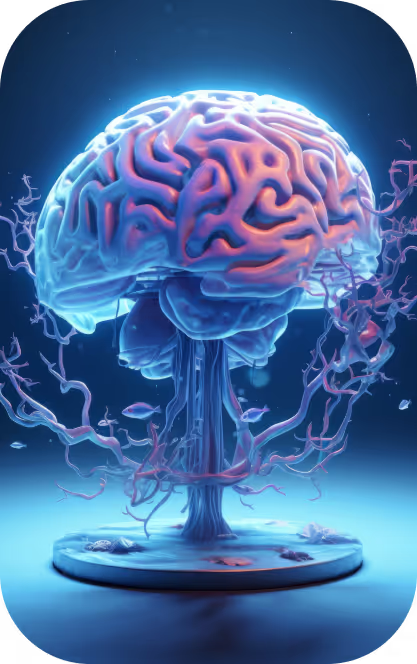World’s smallest quantum computer unveiled, solves problems with just 1 photon


World’s smallest quantum computer unveiled, solves problems with just 1 photon
A high-dimensional photon can encode information in “32 time-bins,” enabling the researchers’ compact quantum computer to function efficiently.
Researchers in Taiwan have claimed to have created the smallest single-photon quantum computer in the world.
At a press briefing, a group from National Tsing Hua University (NTHU) showcased their inventiveness. They demonstrated the use of “Shor’s algorithm” to solve prime factorization on their box-sized quantum computer.
The group was able to overcome significant obstacles in the development of quantum computing, such as the requirement for low-temperature conditions and high energy demands.
The $5 Billion Mega Dam Creating Tension on the Nile
A single high-dimensional photon, a fundamental particle involved in electromagnetic interactions, has a wave packet that contains “32 time-bins or dimensions” of information that can be encoded by the researchers’ incredibly small quantum computer.
Compact innovation
Information loss and computation errors brought on by vibrations or magnetic fields are common problems in quantum computing.
However, photons offer a major advantage in the development of commercial quantum computers due to their extended transmission range and reduced susceptibility to interference.
In contrast to conventional computers, which use circuit boards to carry out calculations, quantum computing uses photonics to transfer data and quantum physics to process it.
A bit, which can only represent 0 or 1, is the smallest unit of information in a conventional computer. On the other hand, quantum superposition allows a quantum bit, or qubit, to exist as both 0 and 1 at the same time.
Because of this characteristic, quantum computers may perform complicated operations up to 100 million times quicker than traditional computers, including prime factorization and big data searches.
In 2021, in a step toward accessible and scalable quantum technology, researchers at the University of Innsbruck developed a compact quantum processor housed in two standard server racks, each measuring 1.7 m³.
This device matches the performance of larger laboratory models and could support up to 50 qubits, operable by nonspecialists.
The device uses calcium ion-based optical qubits, in which entanglement is produced by laser pulses that change the ions’ states.
Macroscopic electric-field traps that regulate up to 50 ions operate the processor. Its modular architecture consists of parts for remote communication, ion trapping, and laser control, all kept in aluminum boxes inside the racks.
Photon-based computing
Due to its durability and scalability, photonics has shown great promise as a platform for deploying quantum technologies.
In the new study, the researchers successfully implemented Shor’s algorithm using a single photon by encoding and manipulating 32 time-bin modes within its wave packet. This achievement highlights the strong information-processing capabilities of a single photon in high dimensions.
According to the team, with commercially available electro-optic modulators capable of 40 GHz bandwidth, it is feasible to encode over 5,000 time-bin modes on long single photons.
While managing high-dimensional states can be more challenging than working with qubits, this work demonstrates that these time-bin states can be prepared and manipulated efficiently using a compact programmable fiber loop.
Additionally, high-dimensional quantum gates can enhance manipulation, using multiple photons for scalability. Reducing the number of single-photon sources and detectors can improve the efficiency of counting coincidences over accidental counts.
Research indicates that high-dimensional states are more resistant to noise in quantum channels, making time-bin-encoded states of long single photons promising for future high-dimensional quantum computing.
Photons also provide substantial benefits for business applications by enabling long-distance information transfer with little interference.
During a press briefing, the NTHU team emphasized that its tiny photon-based quantum gadget functions without the need for massive cooling systems, in contrast to many quantum computers in leading research labs.
This discovery, according to researchers, represents a major breakthrough in the realm of quantum technologies.
The potential applications of photonic quantum computing in a number of future domains, such as data security, artificial intelligence, medical research, and logistics optimization, were also mentioned.
The team claims that by leveraging the unique properties of photons, this form of quantum computing could offer faster and more efficient solutions to complex problems, positioning it as a powerful tool in advancing various fields of science and technology.










